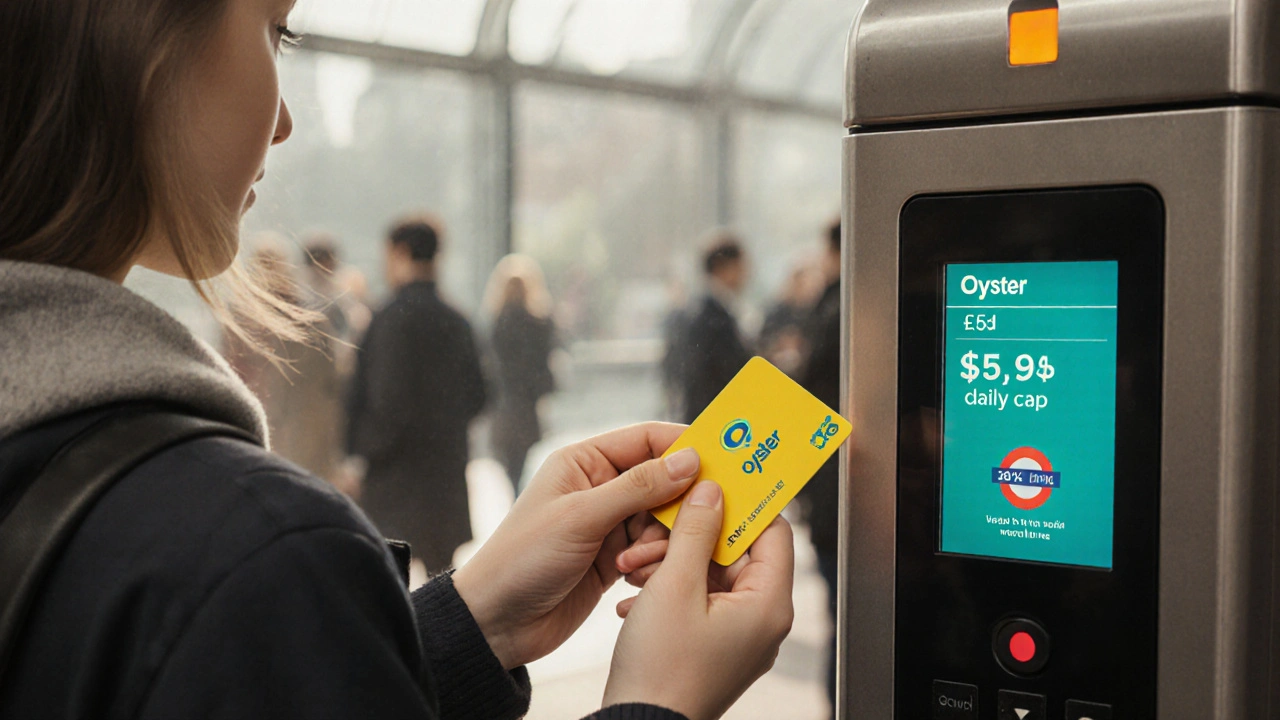Oyster Card: How UK Students Use It for Cheap Travel
When you’re a student living in London, your Oyster card, a rechargeable smart card used for paying for public transport across London. Also known as a pay-as-you-go card, it’s not just convenient—it’s one of the biggest money-savers you’ll use every week. Whether you’re hopping on the Tube to class, catching a bus to the library, or taking the Overground to meet friends, the Oyster card cuts your travel costs by half compared to buying single tickets every time.
It works on the Tube, DLR, London Overground, Elizabeth line, most National Rail services inside London, buses, and trams. You don’t need to plan your route ahead—just tap in and out, and the system charges you the lowest possible fare. Students under 18 get automatic discounts, but those over 18 can still save big with a 16-25 Railcard linked to their Oyster, which gives 1/3 off off-peak travel. Many students forget this trick and end up paying full price when they could be saving £10+ a week.
The Oyster card isn’t just for London. While it’s useless outside the city, it connects to other systems like the TfL contactless payment option, which works the same way if you don’t want to carry a physical card. But for most students, the plastic Oyster card is still the easiest to manage—especially if you’re on a tight budget and need to track every pound. You can top it up online, at machines, or in shops with a PayPoint logo. And if you lose it? You can protect your balance by registering it on the TfL website—something almost no student does until it’s too late.
What makes the Oyster card special isn’t just the price—it’s the cap. No matter how many journeys you make in a day, you won’t pay more than a daily maximum. That means if you take five Tube rides and two buses, you’ll still only be charged the same as if you bought a day ticket. This is huge for students juggling internships, part-time jobs, and late-night study sessions. And if you’re studying in a city like Manchester or Edinburgh? You’ll need to use local smart cards like the Bee Network or SPT Card, but in London, the Oyster card is the standard.
You’ll find posts below that show how to get your first Oyster card for free as a student, how to avoid the £7 deposit trap, and how to combine it with railcards for maximum savings. There are also guides on what to do when the Tube breaks down and your Oyster gets charged twice, how to check your balance without a machine, and why some students swear by contactless bank cards instead. This isn’t just about transport—it’s about controlling your budget, saving time, and not letting travel costs eat into your rent money.
Oyster vs. Contactless for London Students: Which Card Saves You More Money?
Published on Oct 21
0 Comments
Students in London can save hundreds per year by using an Oyster card with a 30% discount instead of contactless payment. Learn how the discounts work, what you’ll pay, and why contactless isn’t cheaper than you think.
